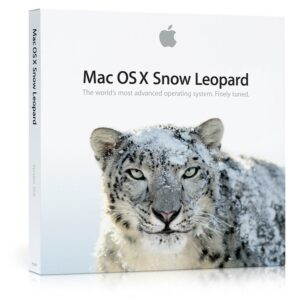Archive for June 2024
Gates Announces Transition from Microsoft
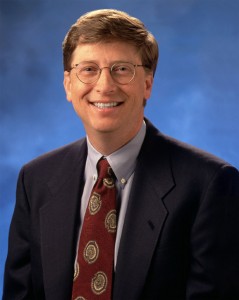 June 15, 2006
June 15, 2006
Bill Gates, chairman of Microsoft (Steve Ballmer was CEO at this point) announces that he will transition out of his day-to-day role at Microsoft by July 2008 in order to dedicate more time to the Bill and Melinda Gates Foundation.
IBM is Incorporated as CTR
 June 15, 1911
June 15, 1911
The Computing – Tabulating – Recording Co. (C-T-R), a consolidation of the Computing Scale Co. of America, The Tabulating Machine Co., and The International Time Recording Co. is incorporated in New York. In 1924, C-T-R adopted the name International Business Machines, better known as IBM.
Charles Babbage Unveils Difference Engine
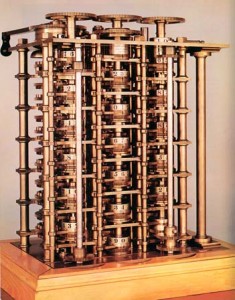 June 14, 1822
June 14, 1822
In a paper to the Royal Astronomical Society, Charles Babbage unveils his design for a machine he called the Difference Engine, the first example of a mechanical computing machine. The British government funded the building of a Difference Engine, which Babbage never actually completed. However, Babbage’s design for the Difference Engine and his later Analytical Engine spurred future designs of working mechanical computers. In 1991 a working Difference Engine was constructed using Babbage’s plans, proving that his designs would have worked.
First Man-Made Object to Leave Solar System
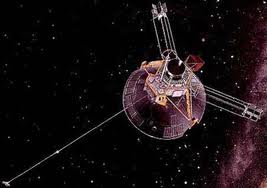 June 13, 1983
June 13, 1983
The NASA space probe Pioneer 10 crosses the orbit of Neptune, becoming the first man-made object to leave the Solar System. It was launched on March 2, 1972 toward the red star Aldebaran, which forms the eye of the constellation Taurus. The last contact with Pioneer 10 was on January 23, 2003.
Launch of Venera 4
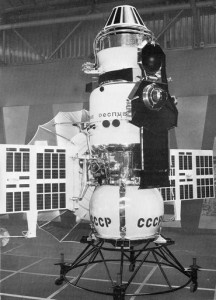
June 12, 1967
The Soviet probe Venera 4 is successfully launched. On October 18, 1967, it will enter Venus’ atmosphere where it will become the first space probe to successfully return atmospheric data from another planet.
Speak & Spell
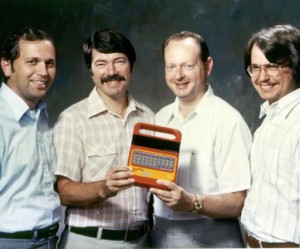 June 11, 1978
June 11, 1978
Texas Instruments Inc. introduces the Speak & Spell, a talking educational toy for children. The device features the first electronic duplication of the human voice on a single chip of silicon. It transformed digital information processed through a filter into synthetic speech and could store more than 100 seconds of linguistic sounds.
Crossing the Atlantic With Cable
 June 10, 1858
June 10, 1858
Two ships head out to begin work on what will become the first operational Transatlantic cable. Previous attempts at laying a Transatlantic cable had failed. Designed for telegraph operation, the cable run is completed on August 5th and the first test message is sent on August 12th. However, after being used to send a total of 400 messages, including between US President James Buchanan and England’s Queen Victoria, the cable fails on September 18th and repair was not possible at the time. While this short-lived experiment seemingly ended in failure, it proved that it was possible to manufacture, lay, and operate a Transatlantic cable, setting up the feasibility of future global communications.
Life Finds a Way
 June 9, 1993
June 9, 1993
The motion picture Jurassic Park premiers in Washington D.C. The highest grossing film in history at the time, the contributions of Jurassic Park to the field of special effects is perhaps as important as the original Star Wars movie 16 years prior. During the production of the movie, the decision was made to incorporate the use of computer generated imagery (CGI for short) in a large scale. By interweaving the use of CGI and animatronics, the movie’s special effects were of a realism unprecedented at the time (and for many still to this day). Jurassic Park jump started a wave of movies that made heavy use of CGI throughout the rest of the 90’s, and at present, the use of CGI pioneered by the movie is now entirely commonplace.
Apple Announces Snow Leopard
At their World Wide Developers Conference in San Francisco, Apple announced their next Mac operating system, Mac OS X 10.6, known as Snow Leopard. Snow Leopard, the follow up to Mac OS X 10.5 Leopard, was as the name somewhat insinuated, more of an update to the previous OS than a full blown feature upgrade. Indeed many of the features in Snow Leopard were performance updates and optimizations for 64-bit and mutli-core processors. It was also the first Mac OS to drop support for the PowerPC processor line, focusing only on the Intel processor, which Apple has switched to for their Macintosh computers in 2006. Additionally the footprint of the OS was actually smaller, which would save disk space for users of Snow Leopard when it was released in September of that year.
One Processor to Rule Them All
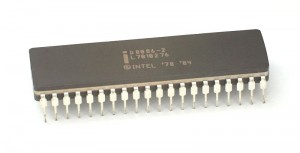 June 8, 1978
June 8, 1978
Intel introduces the 16-bit 8086 processor with clock speeds of 10, 8, and 5 MHz. The 8086 would become the basis for the series of processors used in “IBM Compatible” PCs and the x86 family (later marketed under the name “Pentium”) that would dominate the market in the PC era. Ironically, however, it was the modified 8-bit 8088 processor that was used in the original IBM PC, primarily due to factors that would reduce overall cost. The current line of Intel “Core” processors are still based on the same architecture that was introduced with the 8086.

